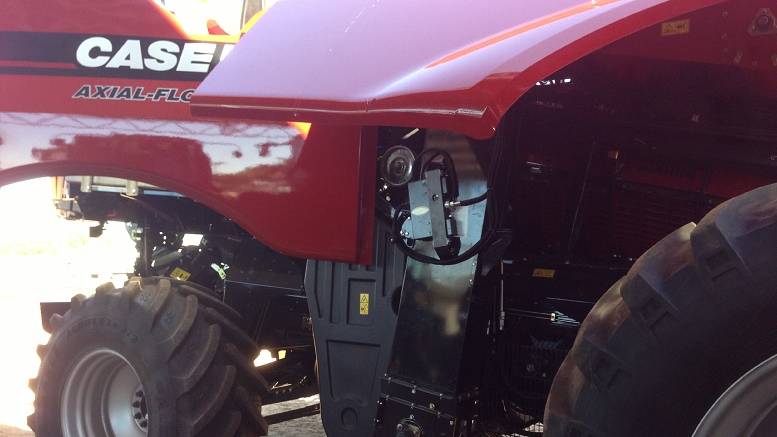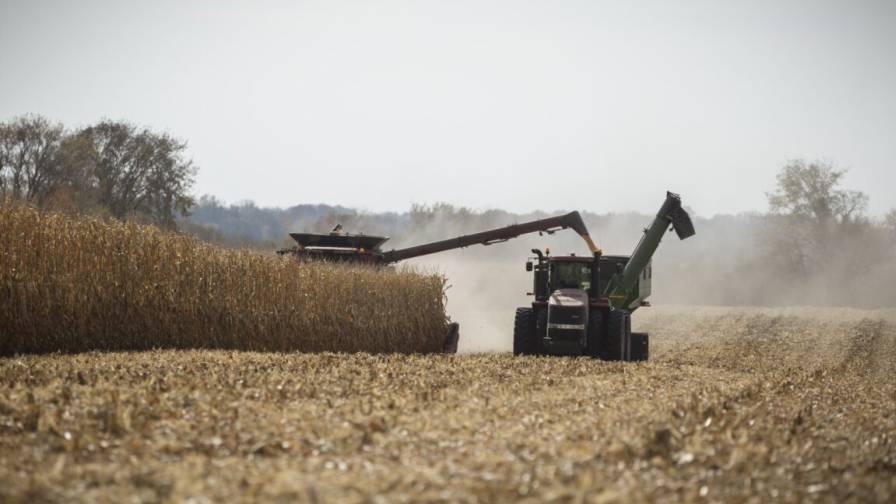Tank Cleanout for Herbicide Residues: Turning a Lot Into a Little
The procedure for removing herbicide residue from the inside of a sprayer tank is no different than the procedure for cleaning the inside of a 2.5-gallon plastic container or a 250-gallon minibulk. Each procedure relies on moving enough water over the interior surface to dislodge and dilute what’s left inside the container. This was one of the topics discussed in a report published by Purdue Extension titled “Removing Herbicide Residues from Agricultural Application Equipment.”
Powered sprayers have additional components such as screens, hoses, pumps, and filters that may trap herbicide particles. In most instances, you may need to add a tank cleaner to help remove residue from the interiors of hoses and tank walls, especially for powered sprayers. This complete flushing, cleaning, and neutralizing process has proven to be the most effective method for removing herbicide residues from sprayers.
“Cleanout” is a somewhat misleading term, because it implies we can remove all the residue. Actually, we can really only reduce the herbicide concentration to levels that don’t injure crops or result in antagonism in the next mixture.
The red buckets shown in the photo below contained antifreeze that had been used to winterize a sprayer in the fall. The antifreeze was drained the following spring to be recycled for the next year. After the operator drained the recycled antifreeze from the buckets, herbicide residue from the previous year was evident even though the sprayer had been thoroughly flushed. This just demonstrates that completely removing all traces of herbicide is virtually impossible.
The important, but difficult question to answer is: How clean is clean enough?
We know with certainty that it is impossible to completely purge a sprayer system of all herbicide residues. We also know from experience that, properly done, any herbicide that remains can be reduced to such a low concentration that it is unlikely to injure the nontarget crop. So, equipment is “clean enough” when the herbicide residues are diluted to concentrations low enough to prevent injury to sensitive crops.
Removing residues is all about paying attention to the smallest of details. This is especially true with today’s sophisticated sprayer systems where the herbicide mixture doesn’t just flow from the tank, through the pump, and to the booms. There are many pathways the tank mix moves to the booms. All of this mixture moves through a series of hoses interconnected by opening and closing valves. Forgetting to flush these hidden areas may contaminate the next tank mix. Operating from a checklist will ensure that you flush your sprayer equipment systematically and completely.
Forgetting a single valve may mean that you leave enough herbicide in a section of hose to contaminate the next load. A few areas that are easy to forget are the front and side loaders, flow meter hoses, and induction hoses. Knowing how your sprayer equipment is plumbed and what each valve controls is as important as the actual process of decontaminating the sprayer with water and cleaning agents.
Paying attention to detail, flushing the sprayer with clean water, cleaning the screens, and adding a tank cleaner significantly lessens the possibility of injuring a crop. This level of detail is something everyone should expect and demand.






